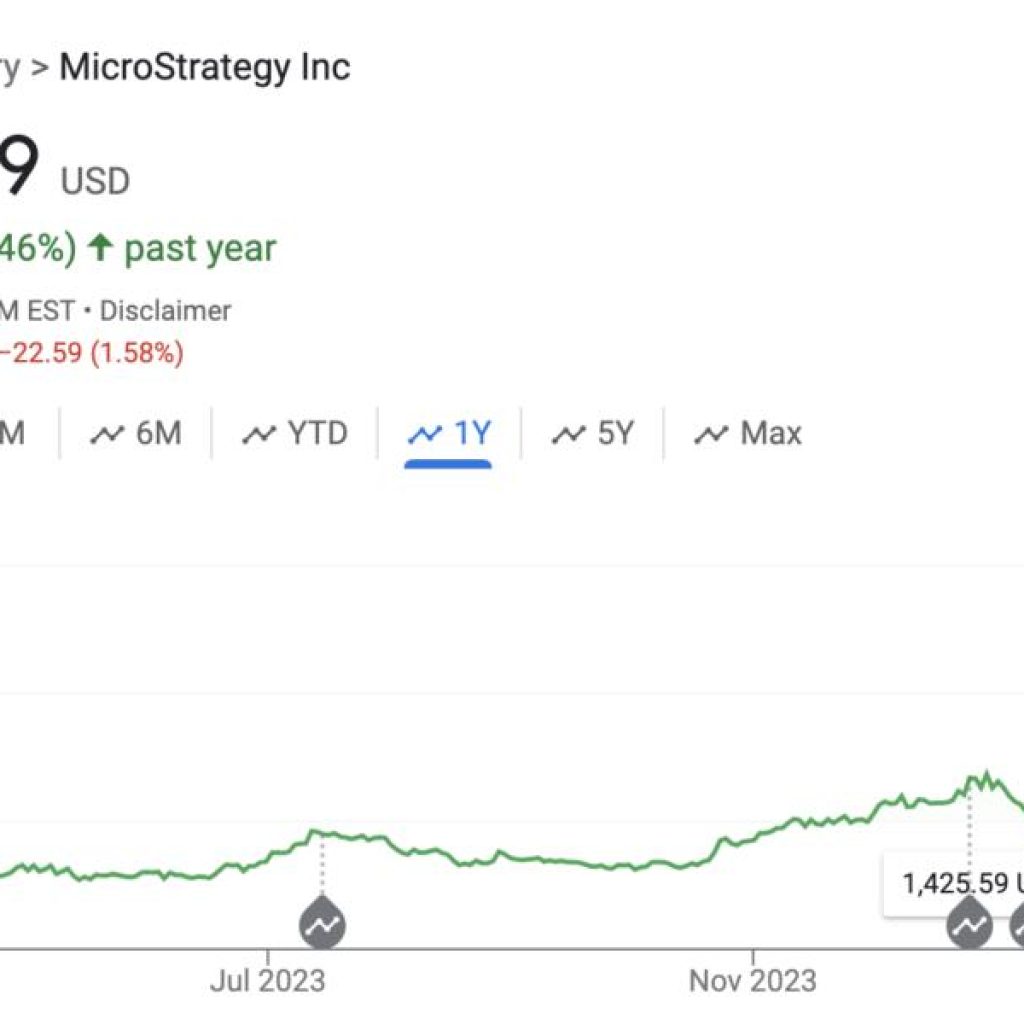Before the recent approval by the United States SEC, Spot Bitcoin Exchange-Traded Funds (ETFs) had garnered significant attention, promising convenient exposure to the volatile yet alluring world of crypto. While these investment instruments present an enticing gateway into the digital asset realm, the current drop in BTC price has exposed potential risks that may lurk beneath the surface.
Bitcoin ETFs are not going according to plan
Crypto exchange-traded funds (ETFs) have recently gained popularity as several businesses got trading approval, raising hopes that BTC will eventually enter the mainstream and achieve global adoption.
These ETFs, which track the price of cryptocurrencies, provide a unique and seemingly more accessible alternative for investors to enter the crypto market.
According to official trade data, the total volume of the ten approved spot Bitcoin ETFs exceeded $4.5 billion on the first day of trading on January 11, 2024. Grayscale Investments’ Bitcoin ETF alone reportedly handled more than $2 billion in trade.
With huge amounts of institutional capital expected to pour into the Bitcoin market, should smaller investors be concerned about the potential ramifications of a spot Bitcoin ETF?
Executives and experts in the sector have differing views, with some suggesting that such an ETF would be an excellent entry point for noninstitutional investors. Others, however, believe that ETFs are unsuitable for retail investment. Instead, they should stick to owning Bitcoin themselves.
Leah Wald, co-founder and CEO of Valkyrie, advises retail investors to take a balanced approach to the debut of a spot Bitcoin ETF.
Cathie Wood, ARK Invest’s founder and CEO, recently predicted that the launch of a spot Bitcoin ETF in the United States could spark short-term selling. The executive remains optimistic about Bitcoin’s long-term price.
Not only has the industry witnessed short sales, but the overall market has tanked. As of this writing, the current price of Bitcoin (BTC) is $42,753.30, with $45,935,934,610.86 in 24-hour trading volume. This indicates a price decrease of -6.69 percent over the last twenty-four hours and -1.96 percent over the last week.
According to data from the previous week, the fear and greed index has decreased from 76 (improvest greed) to 68 (greed).
At present, the value of Ethereum (ETH) stands at $2,551.15, accompanied by a 24-hour trading volume of $42,578,526,049.92. This corresponds to a price decrease of -4.55% over the last twenty-four hours and a rise of 14.26% over the last seven days.
As of now, the value of cryptocurrencies on the global market is $1.76 trillion, representing a -5.01% day-on-day movement and a 79.86% year-on-year change. The current market capitalization of Bitcoin is $837 billion, which signifies a 47.56% market share for Bitcoin.
Stablecoins, meanwhile, have a market capitalization of $135 billion, or 7.69% of the total crypto market capitalization.
The Dark Side of BTC ETFs
You would expect that the approval of Spot ETFs would send the market soaring, as many had expected, but the market has fallen short of expectations. With the prices facing major backlash, investors are worried about the investment vehicles they have let into the market. Here’s the dark truth about the present market correction.
The cryptocurrency industry’s major goal is to give decentralized benefits, particularly to unbanked individuals who do not have access to traditional banking services. In contrast, ETFs are essentially centralized products, which contradicts the decentralized nature of Bitcoin and other cryptocurrencies.
They do not address the fundamental benefits of cryptocurrencies, nor do they encourage new people to participate in the space.
Furthermore, ETFs introduce the concept of “paper” Bitcoin, which only reflects BTC in theory; without the option to withdraw ostensibly owned Bitcoin, the possibility of future crises such as those seen with FTX increases. This threatens Bitcoin’s key concepts of decentralization and trustless transactions.
The regulatory landscape for crypto ETFs provides a substantial number of hurdles and hazards. The clearance process for these financial instruments is complex, creating a sense of anxiety among investors. Government agencies such as the United States Securities and Exchange Commission (SEC) have been hesitant to allow ETFs connected to Bitcoin and other cryptocurrencies.
The recent approval welcomes regulatory monitoring of the cryptocurrency market. The aim behind the watch is price manipulation, and it is only the beginning of total cryptocurrency regulation.





